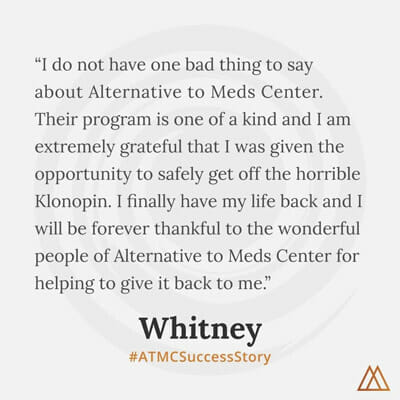Vitamin D for Mental Health
There is much evidence available on the benefits of good solid nutrition including vitamins, minerals, and other micronutrients that are becoming more widely known n the field of nutritional mental health treatment, spanning the globe. Here we will focus on one in particular that is of keen interest in the matter of mood disorders such as depression. There have been vigorous studies published showing a positive relationship between vitamin D deficiency and symptoms of low mood, or depression, and that correcting the deficiency with supplementation or a corrected diet reverses the depression. The more severe the depression, where there was a deficiency of vitamin D, the more dramatic the observed effects.12,13
Vitamin D — The Sunshine Vitamin
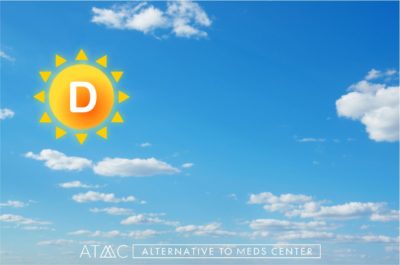 It may seem ironic that vitamin D deficiency is so prevalent when the human skin is equipped to make 90% of what is required for overall health just by exposing the skin to sunlight regularly — about 20 minutes of daily sun exposure to at least 40% of the skin. As a person ages, the production of vitamin D is seen to decline, making it even more important to get out in the sunshine.5
It may seem ironic that vitamin D deficiency is so prevalent when the human skin is equipped to make 90% of what is required for overall health just by exposing the skin to sunlight regularly — about 20 minutes of daily sun exposure to at least 40% of the skin. As a person ages, the production of vitamin D is seen to decline, making it even more important to get out in the sunshine.5
An estimated 50% of the global population is vitamin D insufficient, and more than 10% are vitamin D deficient. Those with hereditary or chronic liver conditions, people with celiac disease, those who are institutionalized with limited outdoor exposure, or who are obese, as well as the aging population, are among those at the highest risk.
Sunscreen might have some advantages for preventing severe burns if one is spending long days at the beach, or picking crops under the hot summer sun. For most people, relatively short periods of sun exposure without blocking or covering the skin will provide the amazing benefits of the “sunshine vitamin.” 7,10
Vitamin D Deficiency Symptoms
Symptoms of vitamin D deficiency go far beyond mood disorders, which research shows are relatively easy to correct. Other consequences of chronic vitamin D deficits may not be apparent until the condition is severe, or after a long period of time has elapsed without intervention. Symptoms present a wide range of developmental disorders, including muscle and bone weakness, bowed bones, as in rickets, non-skin cancers, bone loss, osteoporosis in the elderly, various autoimmune diseases, hypertension, and infectious diseases.2,6-8
How is Vitamin D Deficiency Properly Diagnosed?
Testing for a vitamin D deficiency requires a specific blood test that measures serum levels. Vitamin D deficiency is reportedly extremely common across the globe, possibly more so in the northern regions, in areas where exposure of the skin to sunlight is limited, and in areas where nutrition is lacking adequate levels.8
Dietary Sources of Vitamin D
Vitamin D is a fat-soluble vitamin, found most prevalent in fats and fatty foods. In processing foods and beverages, some fats can become lost. Fortified foods and beverages have had vitamins such as D added back in.4,9
Vitamin D2 is plant-sourced, and D3 comes from animal sources and from the sun. The human body needs exposure to sunlight to make D3 which is why diet and supplementation are recommended, especially in colder climes where exposure to the sun is limited much of the year. The sunlight factor is why wild-grown plants and fish have higher D3 content than those farmed or raised in sunless environments.1,10,11
The following foods provide diet-sourced vitamin D: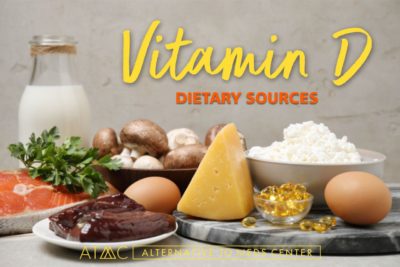
- Milk (fortified)
- Yogurt (fortified)
- Butter
- Fatty cuts of pork such as spare ribs or bacon
- Beef liver
- Orange juice, cereals, bread, and other products fortified with D
- Cod liver oil, other fish oils
- Tuna, salmon, mackerel, herring, oysters, sardines, and other fatty fish.
- Egg yolks
- Wild mushrooms (plants must be exposed to sunlight to produce D3)
Notes on Supplements — Harmonizing Partnerships to Improve Efficacy
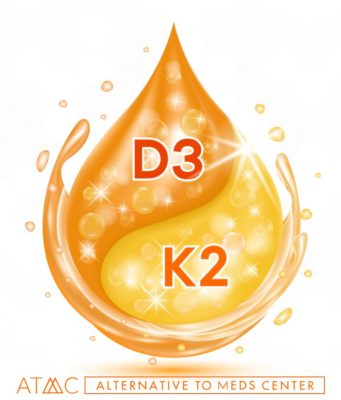 Micronutrients work in tandem in ways that research is always discovering more about, letting us know what works best with what. For example, Vitamin D combined with vitamin K2 is available in supplement form, and this dynamic duo boosts vitamin D’s benefits in strengthening bones and remedying bone loss, as well as preventing the calcification of blood vessels.16
Micronutrients work in tandem in ways that research is always discovering more about, letting us know what works best with what. For example, Vitamin D combined with vitamin K2 is available in supplement form, and this dynamic duo boosts vitamin D’s benefits in strengthening bones and remedying bone loss, as well as preventing the calcification of blood vessels.16
There are 2 forms of vitamin D: D2, and D3. While D3 has a longer half-life than D2, they work best in harmony to perform their vital roles in human health. According to a large clinical trial published in the 2022 Qatar Medical Journal, combining supplements of D2 and D3 works much better than taking either one alone.17,18
For maximum absorption, oil-based vitamins and supplements can be taken together. Oil-soluble vitamins include vitamins A, D, E, and K.19
Considerable debate among researchers presents a surprising range of global variances in the adult-recommended daily vitamin D requirement ranging from a conservative 400IU daily in the UK, to the Endocrine Society’s recommendation of between 1500 and 2000IU daily for adequately supporting endocrine health. Other recommendations of no less than 1000 and 2000IU or possibly higher are published in the research of Bischoff-Ferrari to offset the challenging health consequences that 50% of the human population experiences from a deficiency in this vital nutrient.
Higher ranges of recommended daily supplementation may reflect specific factors such as the darkness of the skin, obesity, clothing customs and weather factors that prevent exposure of the skin to sunlight, and age. Where a deficiency is found, the therapeutic levels needed to correct a deficit may need to be higher.
Also important to keep in mind is that magnesium is needed to metabolize this vitamin, so adequate intake of magnesium is equally important. Magnesium in supplement form is available over-the-counter, and can also be obtained from foods such as spinach and other dark leafy greens, pumpkin seeds, chia seeds, peanuts, almonds, potatoes, and many other dietary sources. And remember that if you also take zinc in supplemental form, take it and magnesium at different times as zinc can interfere with magnesium absorption.3,13-15
Nutrition — A Place of Honor at Alternative to Meds Center
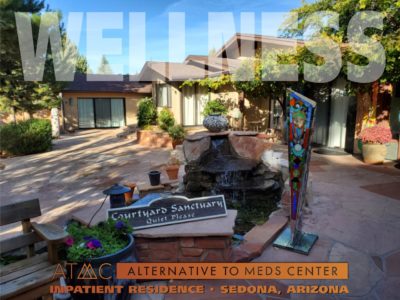 Nutrition plays a key role in treatment planning at the center. Programs at the Alternative to Meds Center are built around many science-based principles including orthomolecular nutrition, neurotoxin removal, neurotransmitter rehabilitation, and psychological services designed for the individual’s best mental health improvements. Lab testing is extremely important in designing individual programs so that deficiencies can be properly detected and treated successfully.
Nutrition plays a key role in treatment planning at the center. Programs at the Alternative to Meds Center are built around many science-based principles including orthomolecular nutrition, neurotoxin removal, neurotransmitter rehabilitation, and psychological services designed for the individual’s best mental health improvements. Lab testing is extremely important in designing individual programs so that deficiencies can be properly detected and treated successfully.
A client’s stay with us is also advantaged by the location of our pristine, toxin-free facility, with many outdoor opportunities for sunshine and fresh air. We are nestled at the foot of the majestic Red Rocks near Sedona, Arizona, where the sun happily shines on average 278 days of the year, with a temperate climate that ranges from 16°-30°.
We warmly invite you to call to inquire further about our broad range of insurance coverage, and our holistic services. Our staff roster of 50 licensed medical doctors, therapists, and caregivers is dedicated to assisting you or your loved one in reaching your natural mental health goals in a pleasant, welcoming, world-class facility.
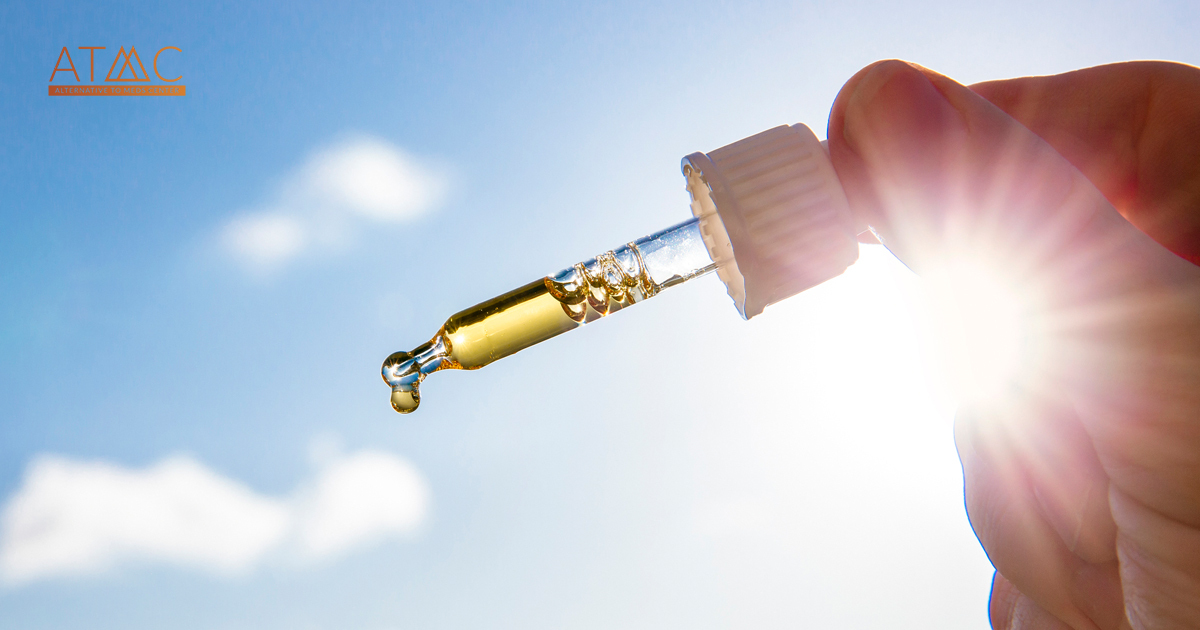
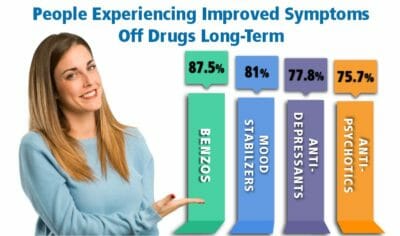
 It may seem ironic that vitamin D deficiency is so prevalent when the human skin is equipped to make 90% of what is required for overall health just by exposing the skin to sunlight regularly — about 20 minutes of daily sun exposure to at least 40% of the skin. As a person ages, the production of vitamin D is seen to decline, making it even more important to get out in the sunshine.5
It may seem ironic that vitamin D deficiency is so prevalent when the human skin is equipped to make 90% of what is required for overall health just by exposing the skin to sunlight regularly — about 20 minutes of daily sun exposure to at least 40% of the skin. As a person ages, the production of vitamin D is seen to decline, making it even more important to get out in the sunshine.5
 Micronutrients work in tandem in ways that research is always discovering more about, letting us know what works best with what. For example, Vitamin D combined with vitamin K2 is available in supplement form, and this dynamic duo boosts vitamin D’s benefits in strengthening bones and remedying bone loss, as well as preventing the calcification of blood vessels.16
Micronutrients work in tandem in ways that research is always discovering more about, letting us know what works best with what. For example, Vitamin D combined with vitamin K2 is available in supplement form, and this dynamic duo boosts vitamin D’s benefits in strengthening bones and remedying bone loss, as well as preventing the calcification of blood vessels.16  Nutrition plays a key role in treatment planning at the center. Programs at the Alternative to Meds Center are built around many science-based principles including
Nutrition plays a key role in treatment planning at the center. Programs at the Alternative to Meds Center are built around many science-based principles including 






